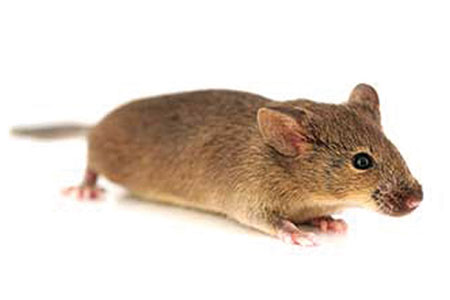 On May 25, 2017, Dr. Madhav Paranjpe presented a webinar on the state of evidence surrounding the use of Tg.RasH2 carcinogenicity studies as a substitute for the two-year mouse bioassay. His presentation — "Historical Control Database of Spontaneous Lesions (Neoplastic & Non-Neoplastic) in Transgenic Tg.rasH2 Mice" — covered evidence drawn from fifty peer-reviewed studies, personal experience, and analysis of the growing body of historical control data supporting the model's advantages and utility.
On May 25, 2017, Dr. Madhav Paranjpe presented a webinar on the state of evidence surrounding the use of Tg.RasH2 carcinogenicity studies as a substitute for the two-year mouse bioassay. His presentation — "Historical Control Database of Spontaneous Lesions (Neoplastic & Non-Neoplastic) in Transgenic Tg.rasH2 Mice" — covered evidence drawn from fifty peer-reviewed studies, personal experience, and analysis of the growing body of historical control data supporting the model's advantages and utility.
rasH2™ Mouse Webinar Recap
Dr. Paranjpe opened with a brief overview of the development and refinement of the Tg rasH2™ mouse model as a tool to evaluate the potential risks of novel pharmaceuticals, including genotoxic and non-genotoxic materials.He provided compelling data, visual examples, and personal testimony regarding the validity of the Tg.rasH2 mouse model as a substitute for the two-year mouse carcinogenicity study. The following unique advantages were mentioned:
- lack of increasing initial body weights (IBW) and body weight gains (BWG);
- low mortality;
- low incidence of spontaneous tumors;
- no drift in tumor incidence;
- low incidence of lethal degenerative changes and non-tumorous lesions;
- shorter duration of the studies;
- lower number of animals required;
- lower amount of test articles required.
Growing Adoption and Changing ICH Guidelines
– Dr. Madhav Paranjpe
He also noted that the International Conference on Harmonization of Technical Requirements for Registration of Pharmaceuticals for Human Use (ICH) S1 Guidelines are expected to undergo a revision in 2019, which he believes will result in a reduction in the number of two-year rat studies. He expects this will also trigger a significant increase in the use of six-month Tg.rasH2 studies, in place of the two-year mouse bioassay.
Standard Study Progression
In the webinar, Dr. Paranjpe reviewed the standard progression of studies utilizing the Tg.rasH2, with examples of the study design. Generally, a five-day dose range finding study is followed by a twenty-eight-day dose range finding study, with both studies utilizing wild type rasH2™ mice. The dose range finding studies are followed by the six-month carcinogenic study using hemizygous Tg.rasH2 mice.The following is the standard study design for a six-month Tg.rasH2 carcinogenicity study:
| Group | Dose levels (mg/kg/day) | Number of Animals | |||
| Main Study (Tg mice) | TK Study (Wildtype) | ||||
| Male | Female | Male | Female | ||
| Group 1 (Vehicle) | 0 | 25 | 25 | 5 | 5 |
| Group 2 | LOW | 25 | 25 | 20 | 20 |
| Group 3 | MID | 25 | 25 | 20 | 20 |
| Group 4 | HIGH | 25 | 25 | 20 | 20 |
| Group 5 (Positive Control) | 1000 (Urethane) | 10 | 10 | N/A | N/A |
| Total | 110 | 110 | 65 | 65 | |






.jpg)

.jpg)
.jpg)
.jpg)
.jpg)





.jpg)
.jpg)


.jpg)



.jpg)




.jpg)

.jpg)
.jpg)




